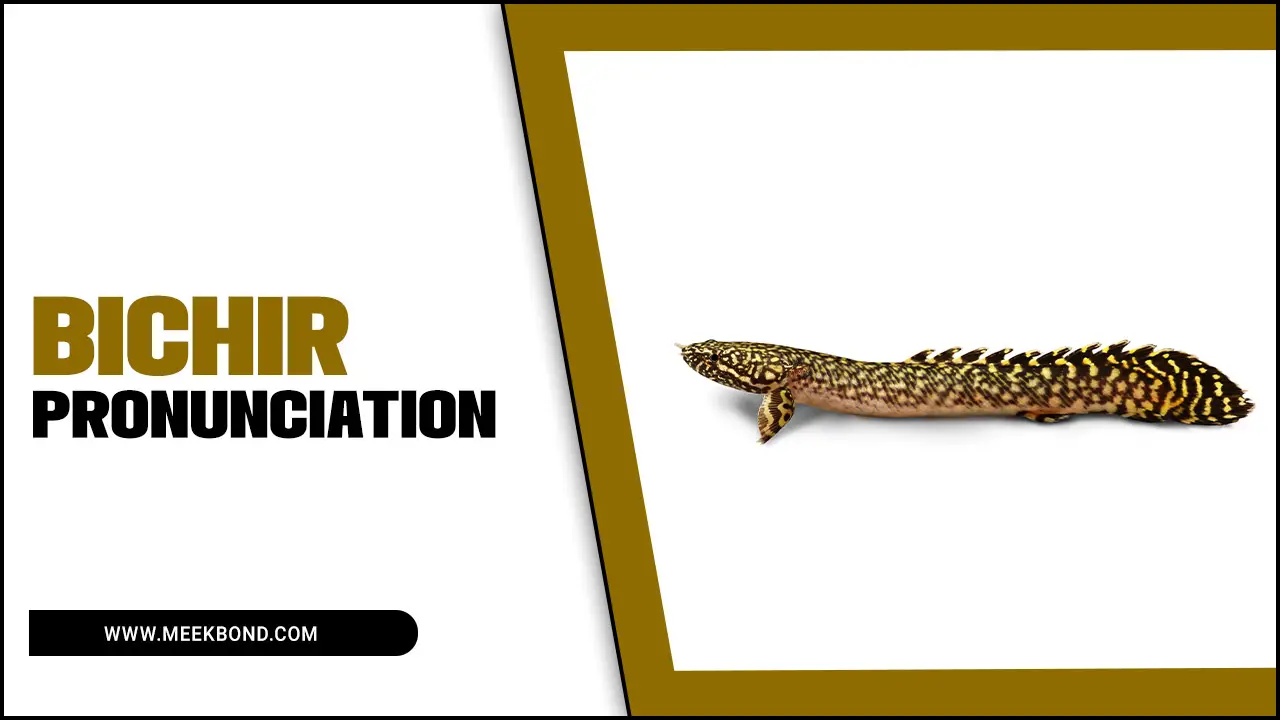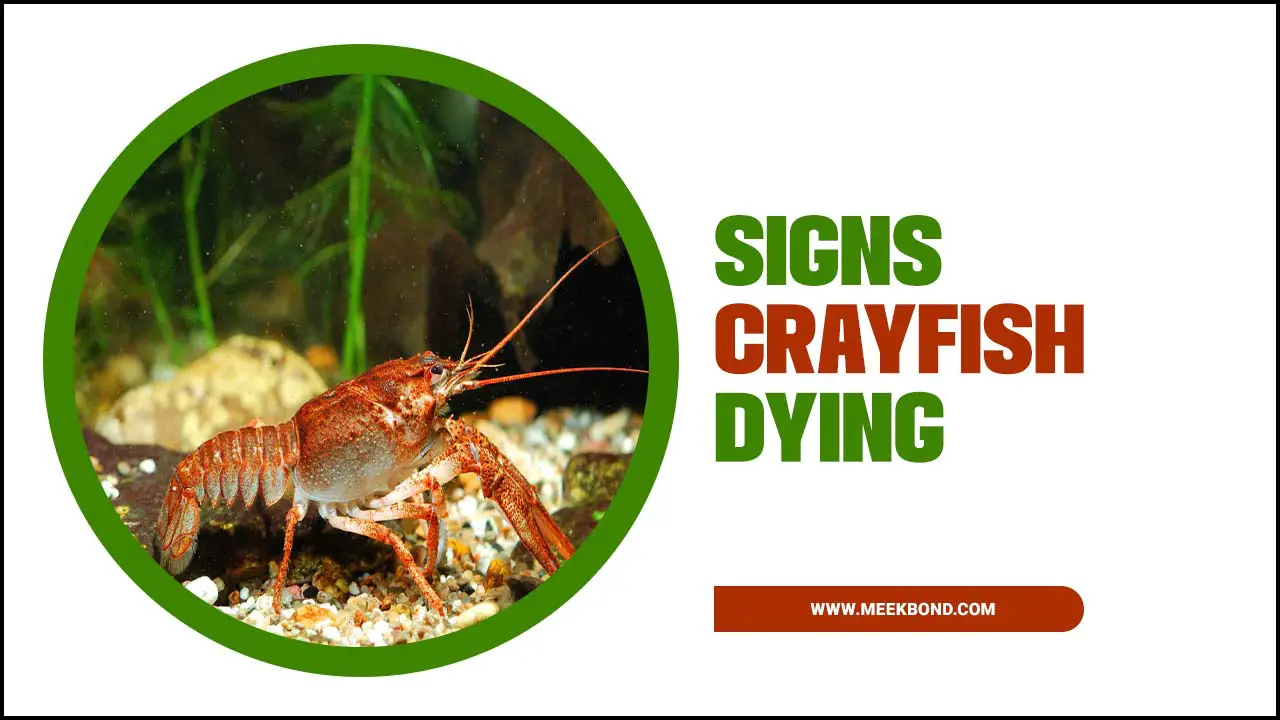The ocean holds a vast array of creatures, some of which are larger and more dangerous than others. Sharks, in particular, are some of the most fascinating creatures that inhabit the deep blue sea.
Among the various species of sharks, the Red Devil Shark stands out in terms of its fierce hunting abilities. Keep Trout-Goodeid in at least groups of 6 as they prefer slightly alkaline water. The Red Devil Shark, known for its ability to take down prey that is much larger than itself, is a highly skilled hunter. Its powerful jaws, sharp teeth, and lightning-fast reflexes make it a formidable predator that strikes fear into the hearts of many other ocean creatures.
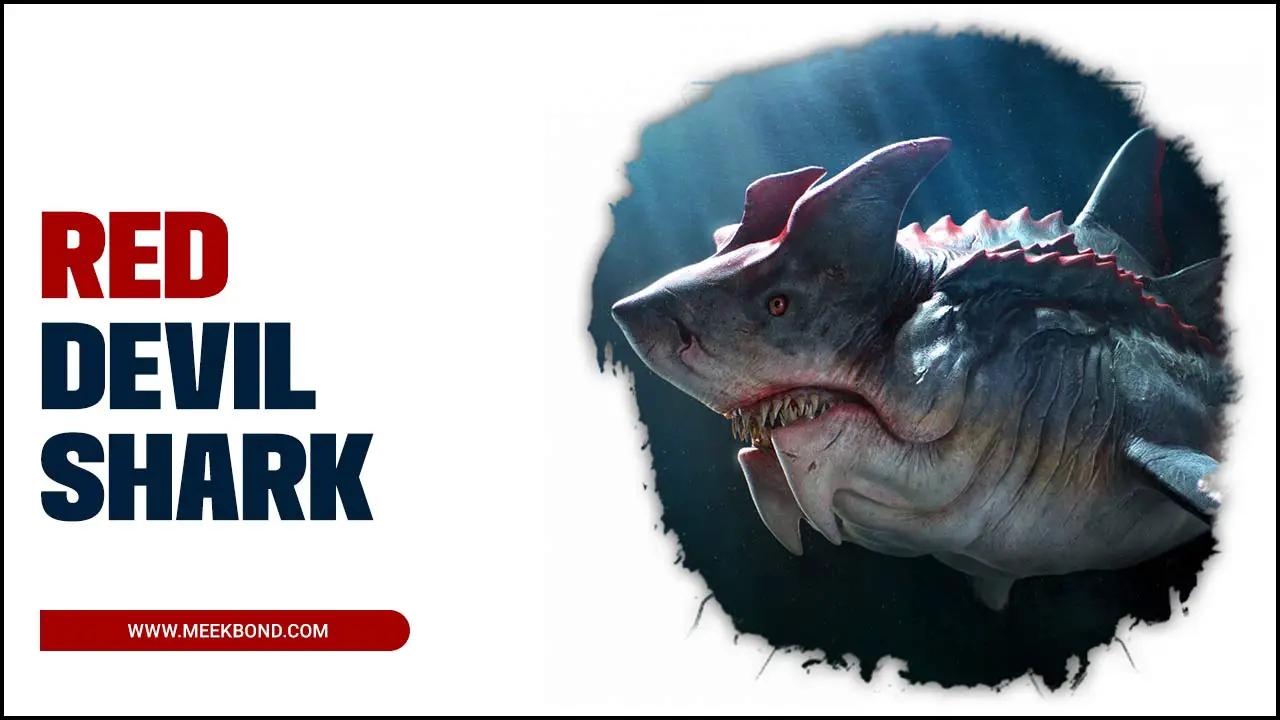
How Dangerous Are Red Devil Sharks In The Ocean?
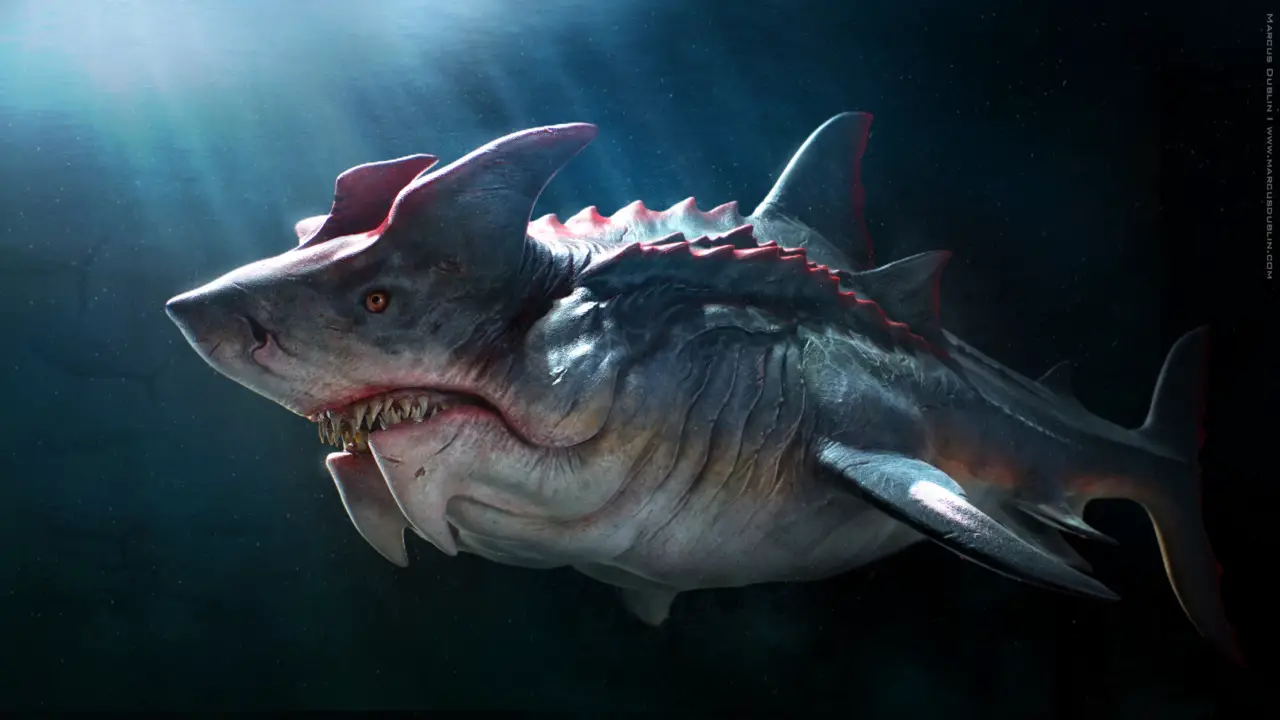
Red Devil Sharks, also known as the Red Demon Sharks, inhabit deep waters. While they may sound intimidating, limited information about these sharks’ behavior and habits is available. As a result, it is difficult to determine how dangerous they are to humans in the ocean.
However, we should treat sharks cautiously and respectfully since they are wild animals. If you encounter a Red Devil Shark or any other shark while swimming or diving, it is best to maintain a safe distance and avoid any sudden movements or aggressive behavior that could provoke an attack. Always follow local guidelines and regulations when swimming or diving in areas where sharks may be present.
How Dangerous Are Red Devil Sharks?
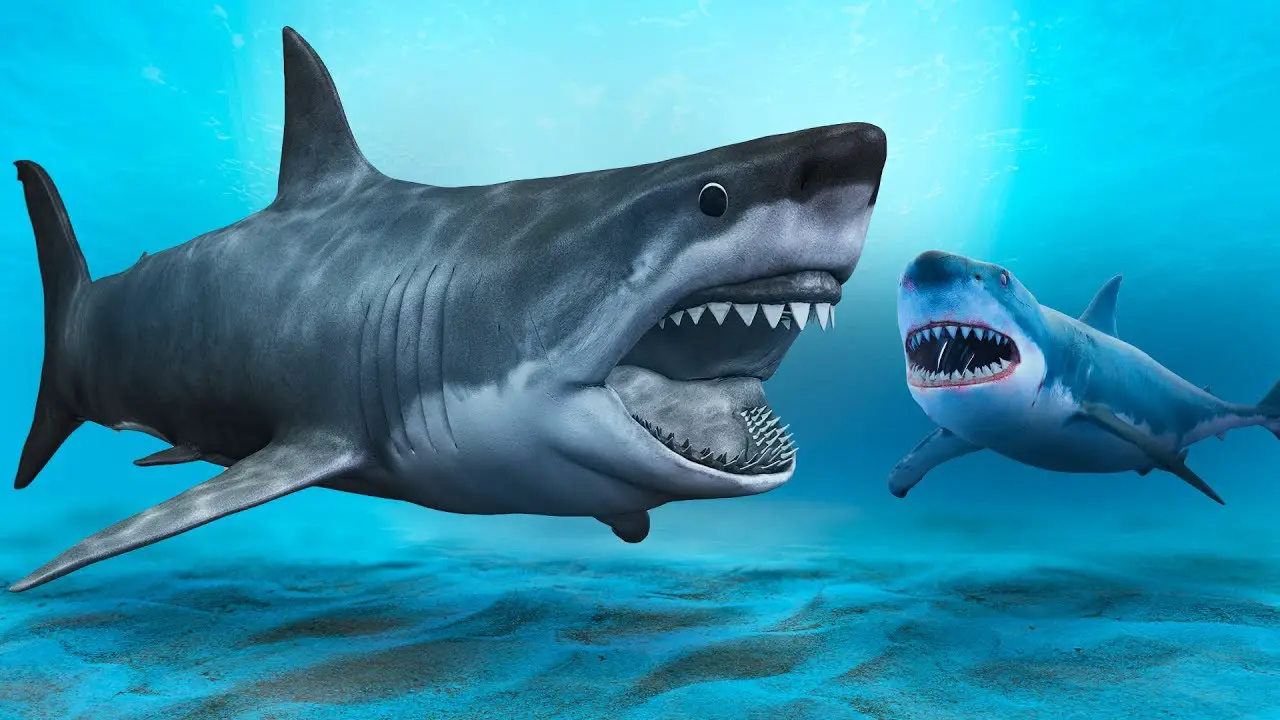
Red Devil Sharks, also known as Red Devil Cichlids, is a popular freshwater fish species in the aquarium trade. While they may have a menacing name, it is important to understand the true nature and potential dangers associated with these fish. Red Devil Sharks are popular for their aggressive behavior and territorial instincts. They can become highly aggressive towards other fish, especially smaller or more docile species.
We recommend keeping them in large tanks with plenty of hiding places and separation from other fish to prevent any harm or stress. Additionally, they can be challenging to care for due to their specific water quality requirements and dietary needs. Therefore, it is essential for prospective owners to research and understand the unique characteristics and potential risks associated with owning Red Devil Sharks before making a decision.
How Dangerous Are Red Devil Sharks To Humans?
Red Devil Sharks, also known as the Red-Tail Catfish or the South American Red-Tailed Catfish, are large predatory fish growing up to 5 feet long. While they are not typically dangerous to humans, it is important to exercise caution when interacting with these fish. Red Devil Sharks have sharp teeth and strong jaws, which they use to catch and consume their prey.
If provoked or mishandled, they may bite or cause injury. Handling these fish carefully and seeking professional advice when handling or keeping them in captivity is advisable. As with any wild animal, it is always best to respect their natural habitat and observe them from a safe distance.
Instances Of Red Devil Shark Attacks And Their Severity
Instances of Red Devil Shark attacks and their severity are relatively rare. The Red Devil Shark, also known as the Incan Angel Shark, inhabits the waters of the Pacific Ocean. While they have been popular to be aggressive when provoked or threatened. They generally do not pose a significant threat to humans. A few people have reported Red Devil Shark attacks, but they are typically isolated.
It is important for swimmers and divers to exercise caution and respect the natural habitat of these sharks. Still, it is also important to remember that they play an important role in maintaining the delicate balance of marine ecosystems.
Factors That Contribute To Red Devil Shark Aggression

The Red Devil Shark is a unique species popular for its striking appearance and aggressive behavior. Several factors contribute to the characteristics of the Red Devil Shark:
- Physical attributes: The Red Devil Shark is easily recognizable due to its vibrant red colouration and distinctive fin shape resembling devil horns. These physical traits make it stand out among other shark species.
- Habitat and behavior: The Red Devil Shark is a type found in tropical waters, particularly in the Pacific Ocean. It prefers rocky reefs and coral formations where it can hide and ambush prey. This species is popular for its territorial nature and aggressive behavior, often in dominance battles with other sharks.
- Diet: The Red Devil Shark is a carnivorous predator that primarily feeds on small fish, crustaceans, and cephalopods. Its sharp teeth and powerful jaws allow it to capture and consume its prey effectively.
- Reproduction: Like other shark species, the Red Devil Shark reproduces through internal fertilization. Females give birth to live young after a gestation period of approximately 9-12 months.
- Conservation status: While not currently considered endangered or threatened, the Red Devil Shark faces significant pressures from overfishing and habitat destruction. Conservation efforts are crucial to ensure the long-term survival of this unique species.
The combination of physical attributes, habitat preferences, feeding habits, reproductive strategies, and conservation concerns all contribute to the fascinating nature of the Red Devil Shark.
Precautionary Measures To Take When Encountering A Red Devil Shark In The Ocean
Encountering a red devil shark can be a thrilling and potentially dangerous experience. These aggressive and territorial creatures are popular for their vibrant red coloration and powerful jaws. If you find yourself face to face with a red devil shark, it is important to take immediate precautionary measures to ensure your safety. First and foremost, do not panic or make sudden movements that may provoke the shark.
Maintain eye contact and try to slowly back away from the shark while keeping a close eye on its behaviour. If the shark starts to show signs of aggression, such as arching its back or displaying its teeth, it is crucial to create distance between yourself and the shark using any available objects or barriers. Remember, encounters with red devil sharks should be avoided whenever possible. It is always best to consult local authorities or experts to navigate these situations safely.
Understanding Shark Behaviour And Signs Of Aggression
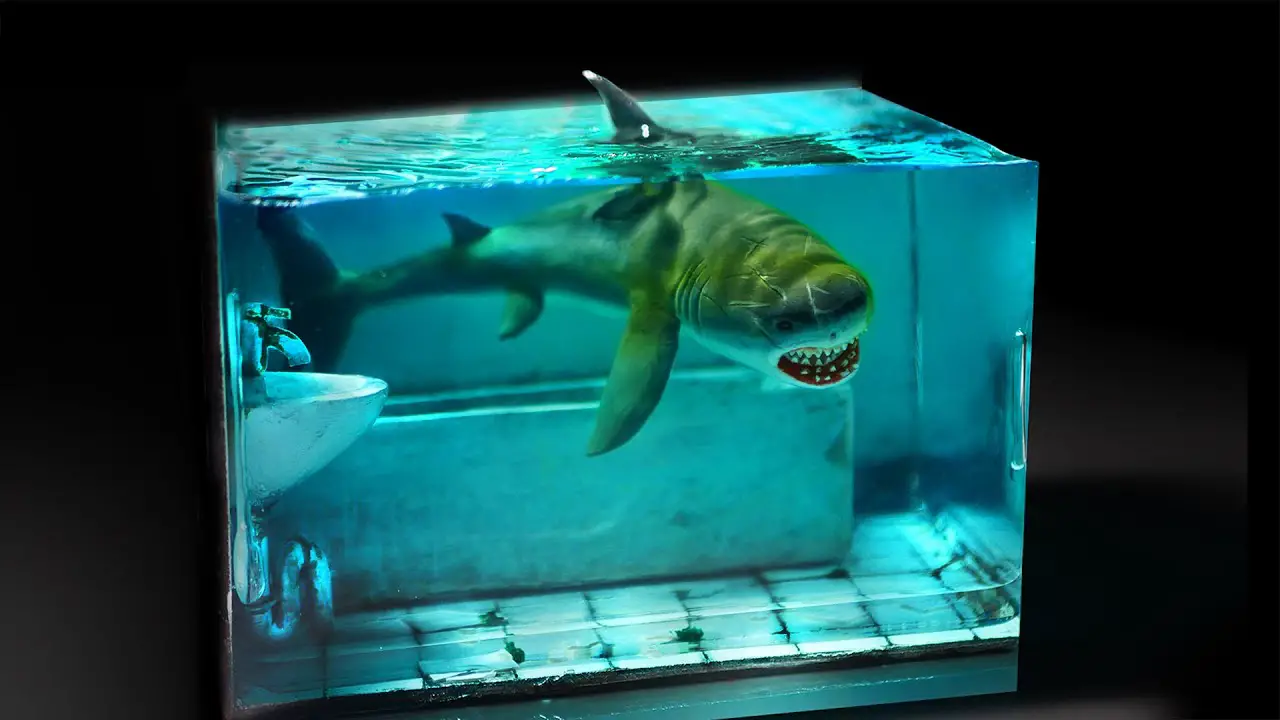
Understanding shark behaviour and signs of aggression is crucial when encountering a red devil shark. Red devil sharks are popular for their aggressive nature and territorial behavior. They can display signs of aggression, such as rapid swimming, erratic movements, and baring their teeth.
It is important to exercise caution and avoid provoking or approaching these sharks, as they can threaten human safety. If you encounter a red devil shark while diving or swimming, it is recommended to slowly back away and maintain a safe distance. Always remember to prioritize your safety and respect the natural behaviours of these fascinating creatures.
Tips For Reducing The Risk Of A Shark Encounter While Swimming Or Diving
Here are some tips for reducing the risk of a shark encounter when swimming in areas known to have red devil sharks. Remember, while the risk of a shark encounter is generally low, it’s always important to take precautions and be aware of your surroundings when swimming in areas where red devil sharks are known to inhabit.
- Stay informed: Before heading out to the beach, check local advisories or warnings about shark activity. If there have been recent sightings or an increase in shark activity, it may be best to choose a different location or stay out of the water.
- Avoid swimming alone: Sharks are more likely to approach solitary swimmers, so try to swim with a group or at least have someone on shore to watch for potential dangers.
- Stay close to shore: Red devil sharks typically inhabit deeper waters, so staying closer reduces the likelihood of encountering them.
- Avoid swimming during dusk or dawn: Sharks are most active, so it’s best to avoid swimming when they are more likely to feed.
- Pay attention to your surroundings: Watch for any signs of shark activity, such as baitfish jumping out of the water or birds diving into the sea. If you see these signs, it may indicate predators nearby.
Importance Of Respecting The Ocean Ecosystem And Its Inhabitants
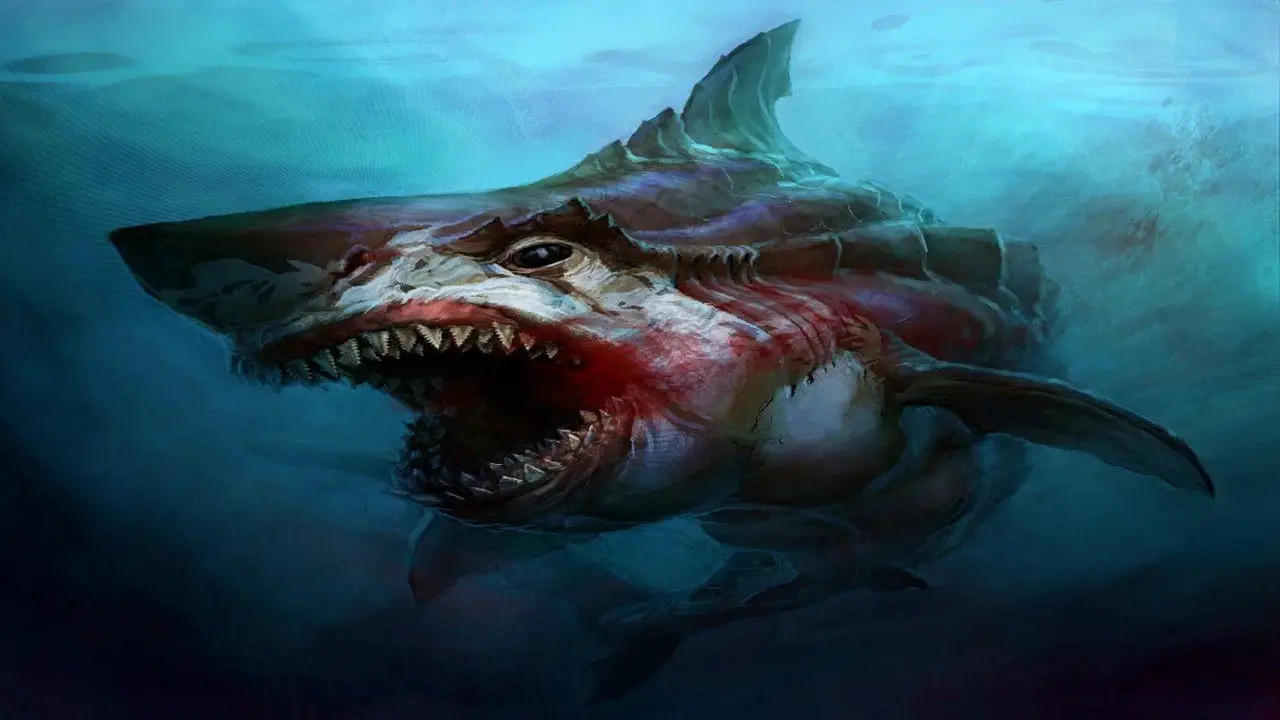
The red devil shark is a fascinating species inhabiting the ocean’s deep waters. While its name may sound intimidating, it is important to approach this creature with respect and caution. As with all marine life, it plays a vital role in maintaining the delicate balance of the ocean ecosystem.
By understanding and respecting the red devil shark’s natural habitat and behaviours, we can ensure its survival and contribute to the overall health of our oceans. So let’s admire these magnificent creatures from a distance and continue to learn about them while promoting responsible ocean conservation practices.
Conclusion
Red Devil Sharks are powerful and potentially dangerous creatures of the ocean. While they are not known to target humans specifically, encounters with these sharks can be risky. Understanding their behaviour and signs of aggression is important to reduce the risk of an encounter.
Taking precautionary measures, such as avoiding areas with high shark activity and staying alert while swimming or diving, can help minimize the chances of an incident. It is also crucial to respect the ocean ecosystem and its inhabitants, as they play a vital role in maintaining the balance of our planet. By being knowledgeable and responsible, we can coexist with these fascinating creatures and continue to enjoy the ocean’s wonders.
Frequently Asked Questions
What Is A Red Devil Shark?
The Red Devil shark, also popular as the Lucerne shark, is a fierce hunter found in deep waters off the coast of Australia and New Zealand. With its aggressive behaviour and striking red eyes when caught, this species feeds on fish, squid, and crustaceans.
What Does A Devil Shark Look Like?
Devil sharks, a type of deep-sea shark, have a distinct appearance. They possess a long, slender body with dark brown or black skin adorned with white spots. With large eyes and a wide mouth filled with sharp, pointed teeth, they can reach lengths of up to 6 feet. Known for their aggressive hunting behaviour, these creatures are truly awe-inspiring.
What Are The Benefits Of Eating Red Devil Sharks?
Red devil shark offers numerous benefits as a food source. Rich in protein and essential nutrients like omega-3 fatty acids, it promotes overall health. Additionally, being low in fat and calories is a healthy choice. However, we advise moderation due to potentially high levels of mercury and other toxins.
Where Can I Find The Red Devil Shark?
Red devil sharks can be found in the deep waters of the Atlantic Ocean, often near underwater canyons and seamounts. Due to their habitat, they are not commonly seen by humans. Researchers have used submersibles to study these fascinating creatures in their natural environment.
What Is The Difference Between Red Devil Sharks And Other Types Of Sharks?
The red devil shark stands out with its distinctive red colour and aggressive hunting tactics. Unlike some other sharks, it doesn’t rely on camouflage. With a unique jaw structure, it can deliver powerful bites. This shark is particularly feared for its ferocity among all formidable predators.

Aquarium passion is all about connecting with the aquatic life and providing education to the public on the importance of these creatures. We showcase a wide variety of marine life through our exhibits as well as working with schools to provide unique learning opportunities for students of all ages.


